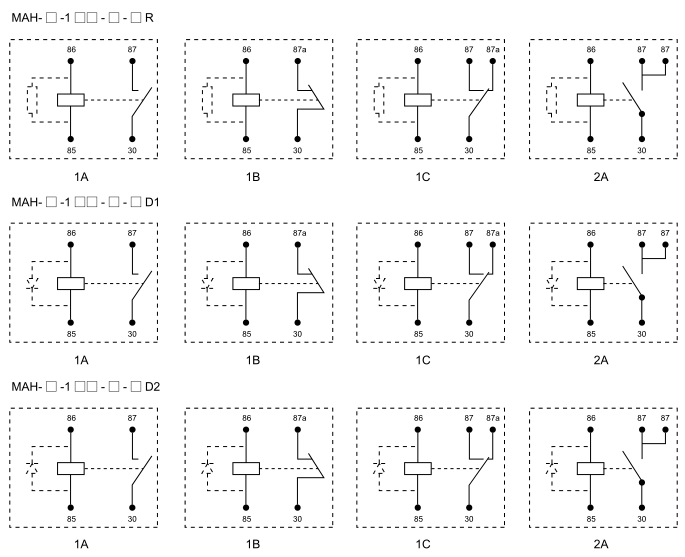A relay circuit is a crucial component in various electrical and electronic systems, enabling the control of a high-power circuit using a low-power signal. Relays serve as electrically operated switches that allow the automation of processes, making them integral in applications such as industrial control systems, home automation, and automotive electronics. Understanding the basic working principle, components, and uses of relay circuits provides insights into their importance in modern technology.

What is a Relay Circuit? A relay circuit consists of a relay, which is a type of electromagnetic switch that uses a low-voltage signal to control a high-voltage circuit. Essentially, relays can control the switching of larger, more powerful systems by using a smaller, simpler circuit. They play a crucial role in various applications, where direct control of high-power devices through low-power signals is needed. Relays are made up of a few key components: the coil, contacts, armature, and a spring. The coil is an electromagnet that, when energized, generates a magnetic field. This magnetic field attracts a movable armature, which changes the position of the contacts. Depending on the relay design, these contacts can either be normally open (NO) or normally closed (NC), changing their state when the relay is activated. The spring ensures that the armature returns to its original position once the coil is de-energized.